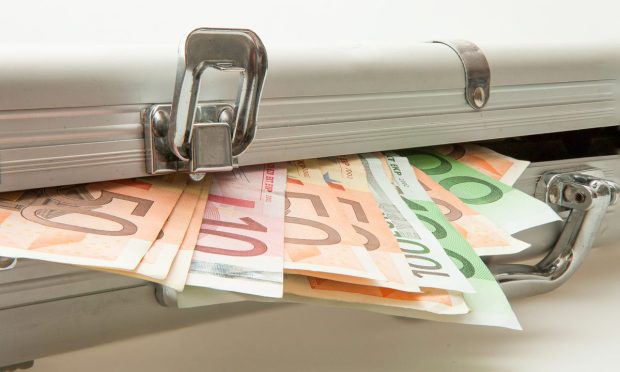Credit Suisse’s Swiss AML Case Reminds Us That Fraud Is Old School

Amid the cryptocurrency surges, the wallets coupled and decoupled — in short, the digital revolution in financial services — it seems that the fraudsters would go all-in on high-tech schemes.
Indeed, just this week, a report via a federal law enforcement network has identified a surge of suspicious activity from San Francisco financial firms, well-known to be at the forefront of tech — including some of the world’s leading cryptocurrency trading platforms.
Read more: Crypto Networks Connected to Increase in Reported Fraud
But now and again comes the reminder that in shady dealings (even if they’re alleged ones), things can go decidedly old school.
Consider the criminal trial that got underway this week in Switzerland, where Credit Suisse has been accused of not taking adequate measures to guard against financial crimes — and that its anti-money laundering (AML) efforts have been lax. Specifically, a Bulgarian drug gang was allegedly able to launder millions of Swiss francs through the bank over a period that stretched from 2004 to 2008. The prosecution is seeking the equivalent of roughly $46 million from the bank.
As for the old-school nature of it all: Some of the money was allegedly stuffed into suitcases, as Reuters reported this week, noting that this is the first criminal trial of a major bank in the country. Prosecutors said the bank did not take all the steps it should have to thwart the money laundering; Credit Suisse said the allegations are without merit.
Drilling into the money laundering itself, the criminals allegedly “smurfed” large sums of money into smaller amounts — below the AML alert thresholds — in euro-denominated bills that were then kept in safety deposit boxes. The money was then moved into accounts across tens of millions of separate transactions.
It’s Hard to Follow the Money
The old adage of “follow the money” here is akin to playing whack-a-mole — the key hurdle of any AML policy. Credit Suisse’s time on the stand may be illustrative for the steps it took, yes, but maybe too for the steps it couldn’t take. Beyond the ostensible human failings — whether some folks looked the other way while money flowed hither and yon, or whether there may have been collusion — remains to be seen. (This is a question of who’s watching the watchers.) But there are also questions to be raised about how technology is being used to flag subtle signs tied to money movement across digital and tangible channels.
Here in the states, back in 2020, the U.S. Federal Reserve ordered Credit Suisse to boost its AML policies. In effect, the bank was ordered to beef up its fraud prevention policies, for its U.S. operations. This speaks to at least some fragmentation in how global banks approach their AML/know your customer (KYC) efforts.
See more: Fed Tells Credit Suisse to Improve Anti-Money Laundering Practices
The daunting challenge is evident in recent data where last month, reports showed that in the U.K. alone, the government spends 825 million pounds (about $1.1 billion) on the budgets every year for national agencies fighting economic crime. But the imbalance is starkly illuminated in the 190 billion pounds (about $257 billion) lost to fraud and the 100 billion pounds (about $135 billion) spent fighting money laundering.
Read more: Financial Crime Swamps Government Efforts, Demanding a High-Tech Approach
In the U.S. last week, the Financial Crimes Enforcement Network (FinCEN) issued a notice of proposed rule-making, as issued to the Federal Register, that would require banks to take stock of their AML efforts — and firms that do not have programs in place to combat financing of terrorism to craft those programs. The announcement of that proposed rule-making, as detailed in December, is aimed at helping uncover and combat anonymous shell corporations, front companies and other conduits through which funds are laundered.
See more: FinCEN Proposes Rule to Fight Illicit Finance, Boost Corporate Transparency
